The ancient tradition of winemaking in Georgia is deeply intertwined with the use of Qvevri, large earthenware vessels that have been employed for fermenting and aging wine for over 8,000 years. These iconic clay pots are not just tools but symbols of Georgian culture, representing a winemaking philosophy that has survived millennia. Unlike modern stainless steel tanks or oak barrels, Qvevri offer a unique connection to the earth, imparting distinct flavors and textures to the wine that cannot be replicated by any other method.
Qvevri are typically buried underground, where the stable temperature and natural insulation create an ideal environment for fermentation. The process begins with the crushing of grapes, often by foot, after which the juice, skins, and stems are all poured into the Qvevri. This method, known as "skin-contact" or "amber" winemaking, allows for extended maceration, resulting in wines with deeper color, robust tannins, and complex aromas. The porous nature of the clay also permits micro-oxygenation, which softens the wine over time without the need for additives or artificial interventions.
The craftsmanship behind Qvevri is as remarkable as the wines they produce. Skilled artisans, often from generations of Qvevri makers, hand-build these vessels using local clay, shaping them without the use of a potter’s wheel. Each Qvevri is coated with beeswax on the interior to seal the porous surface, ensuring the wine remains pure while still benefiting from the clay’s natural properties. The process is labor-intensive and requires immense expertise, as even a slight imperfection can lead to cracks or spoilage of the wine.
In recent years, Qvevri winemaking has experienced a resurgence, both in Georgia and abroad. Natural wine enthusiasts and sommeliers have championed these wines for their authenticity and minimal intervention approach. The UNESCO recognition of Qvevri winemaking as an Intangible Cultural Heritage in 2013 further cemented its importance, drawing global attention to this ancient practice. Today, small wineries and even some larger producers are reviving the tradition, experimenting with both indigenous Georgian grape varieties and international ones.
Despite its growing popularity, Qvevri winemaking remains a niche practice, often overshadowed by industrialized methods. The time-consuming nature of the process, coupled with the scarcity of skilled Qvevri makers, poses challenges for widespread adoption. Yet, those who embrace it argue that the results are unparalleled—wines that speak of terroir in its purest form, unadulterated by technology or shortcuts. For many Georgian winemakers, Qvevri are not just vessels but guardians of tradition, ensuring that the soul of their ancestors’ craft lives on in every bottle.
The future of Qvevri winemaking lies in balancing tradition with innovation. While purists advocate for preserving ancient techniques exactly as they were practiced, others see room for adaptation—whether through modern quality control measures or hybrid approaches that combine Qvevri with other aging methods. What remains undeniable is the enduring legacy of these clay pots, which continue to shape Georgia’s identity as one of the oldest wine-producing regions in the world. As more consumers seek wines with a story, Qvevri-made wines stand as a testament to the timeless bond between humanity and the earth.

By Laura Wilson/May 10, 2025
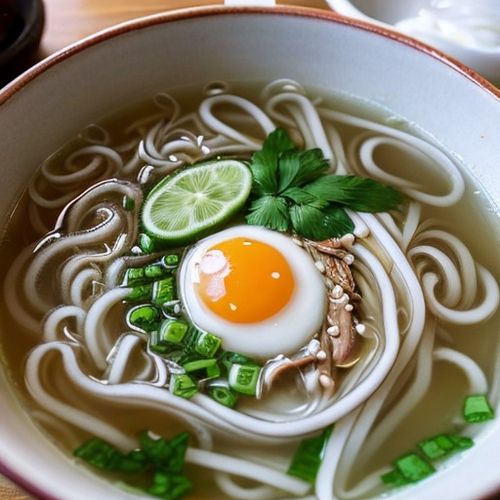
By Christopher Harris/May 10, 2025

By Samuel Cooper/May 10, 2025

By Megan Clark/May 10, 2025
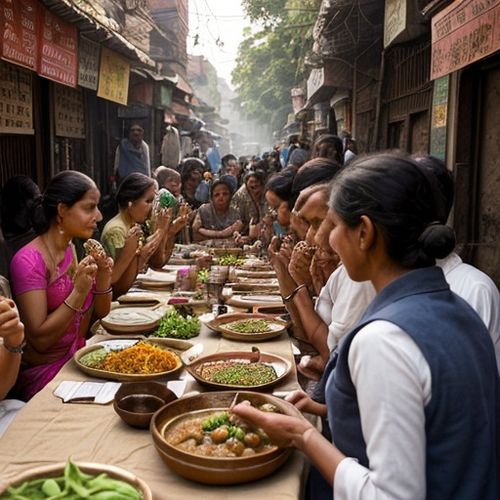
By Olivia Reed/May 10, 2025
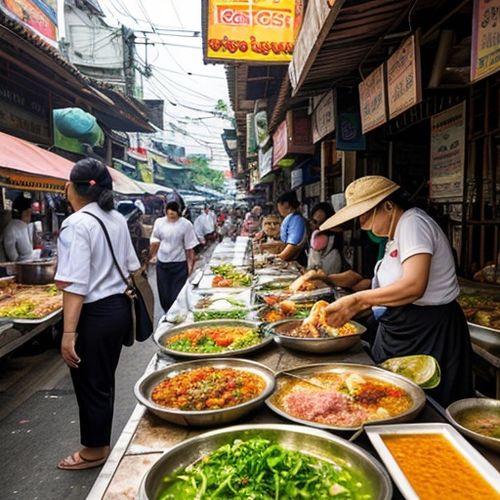
By Natalie Campbell/May 10, 2025
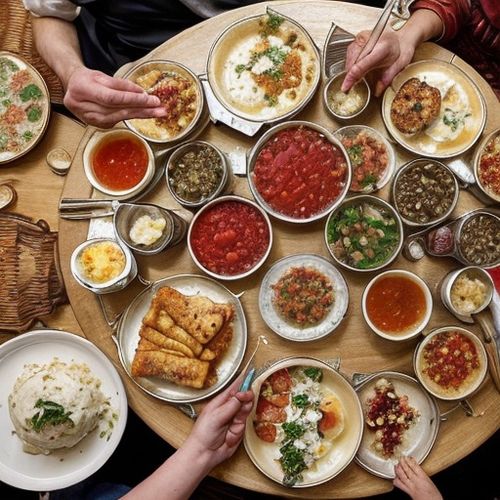
By Sophia Lewis/May 10, 2025
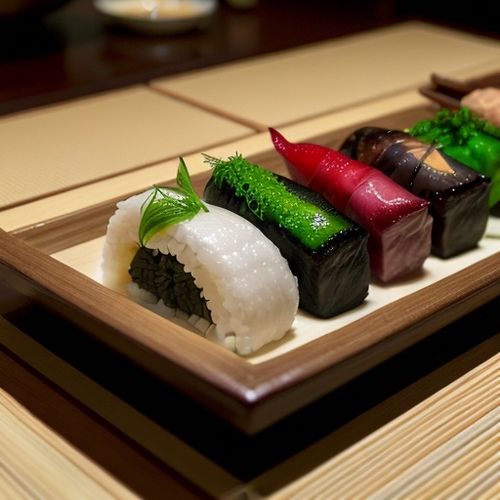
By George Bailey/May 10, 2025
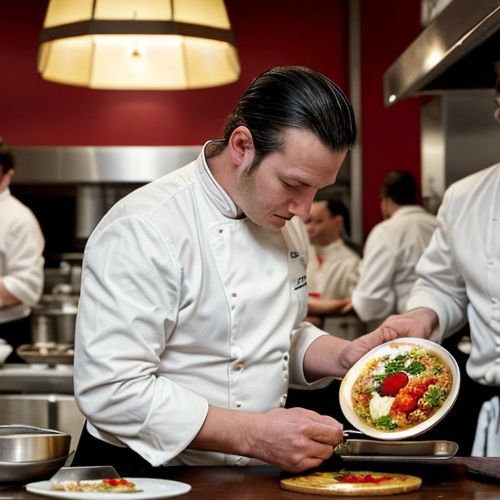
By Eric Ward/May 10, 2025
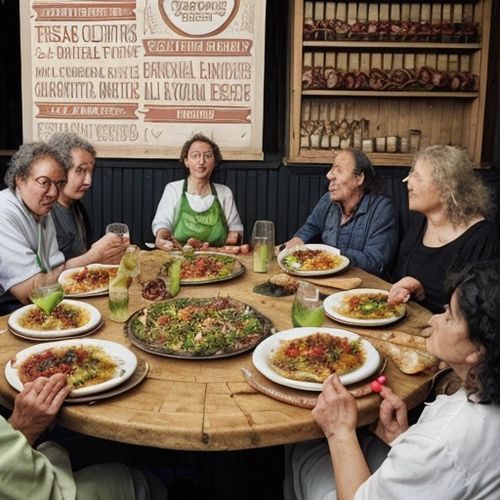
By Daniel Scott/May 10, 2025

By George Bailey/May 10, 2025

By Elizabeth Taylor/May 10, 2025
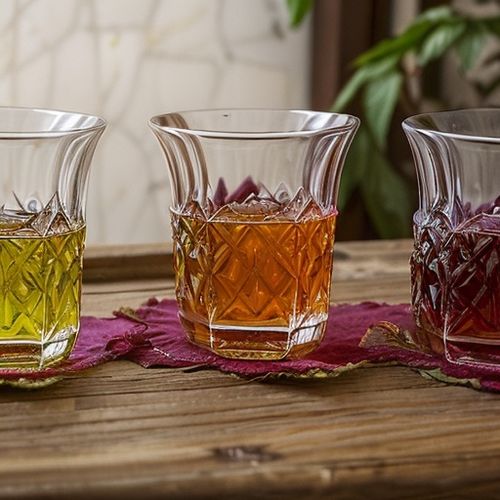
By Natalie Campbell/May 10, 2025
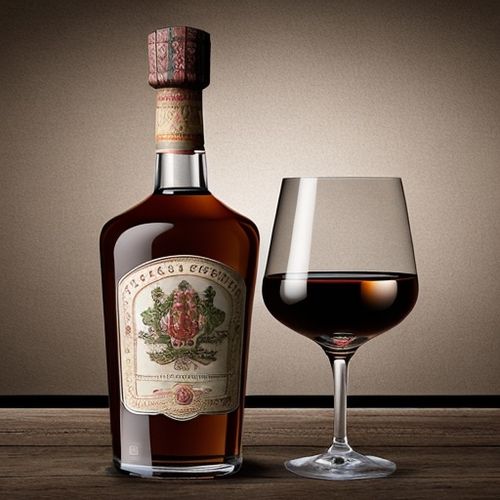
By Emily Johnson/May 10, 2025
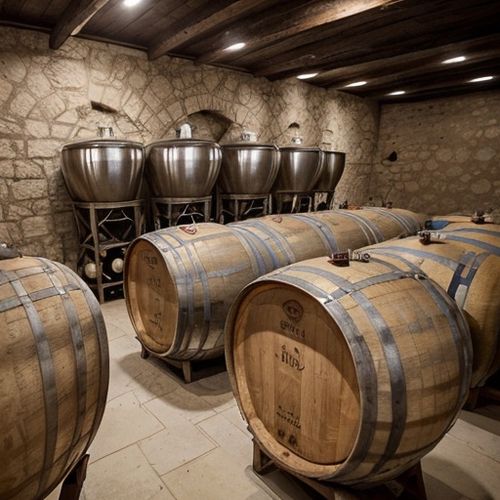
By Elizabeth Taylor/May 10, 2025
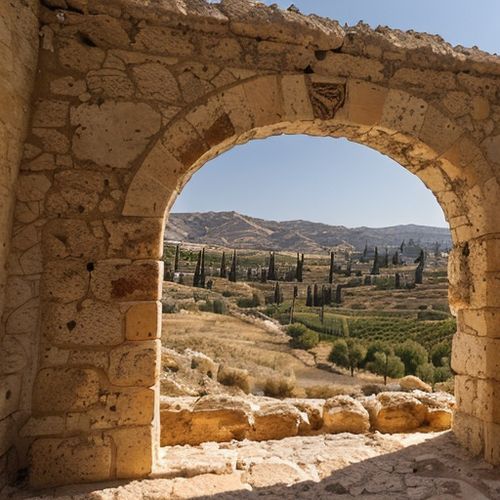
By Thomas Roberts/May 10, 2025
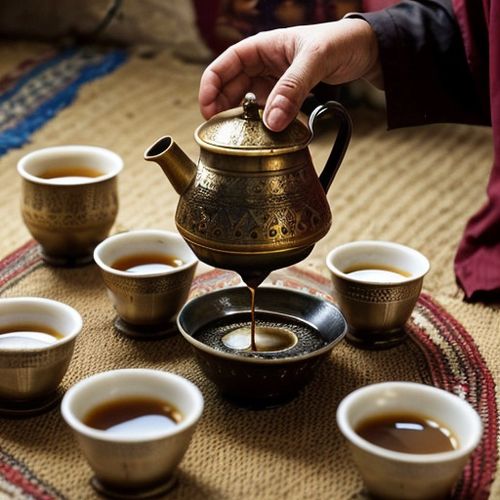
By Christopher Harris/May 10, 2025
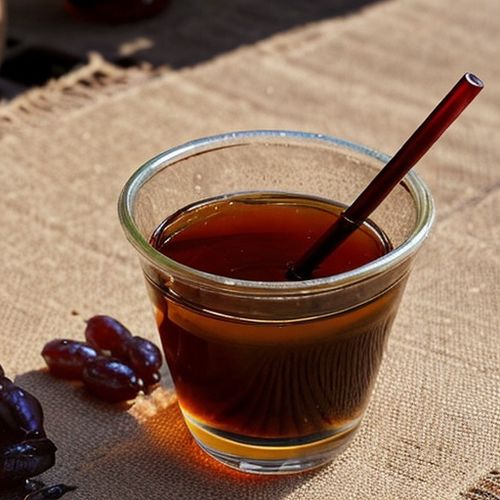
By Megan Clark/May 10, 2025
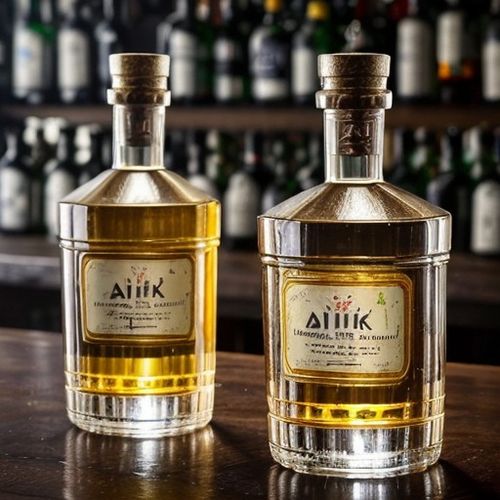
By Samuel Cooper/May 10, 2025
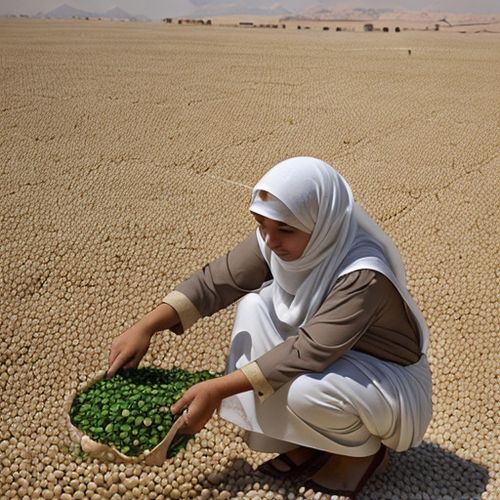
By James Moore/May 10, 2025